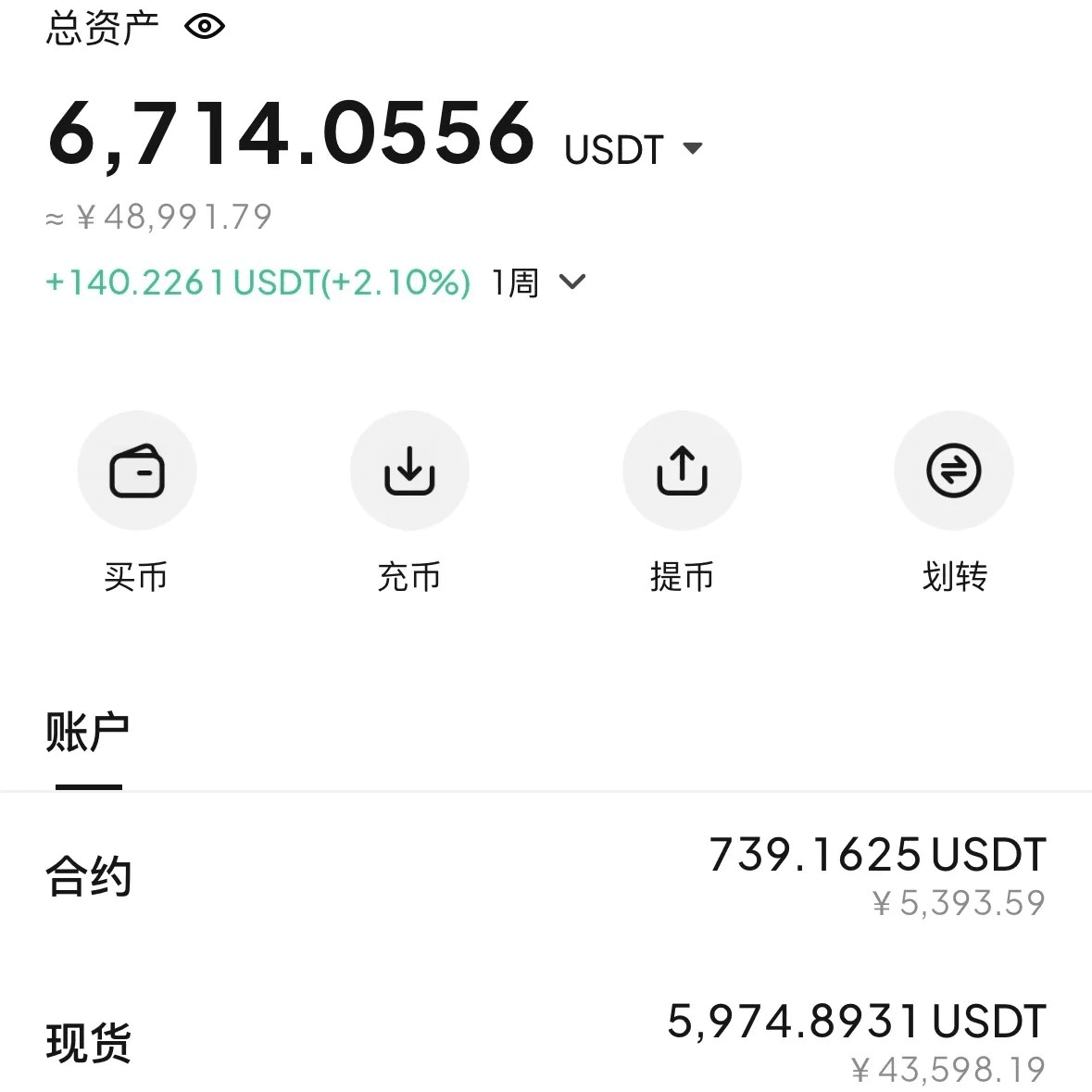Dear friends, welcome to the crypto family! As a newcomer, you must feel both excited and a bit confused in this world full of opportunities and risks. Don't worry! Today, I, as a seasoned crypto veteran, will quickly guide you to avoid 99% of pitfalls and help you walk steadily and far!
One, basic concepts: Clarify these three core aspects.
1. Blockchain: Imagine that your household ledger records all transactions, not on paper, but visible globally and cannot be tampered with; this is blockchain. Its greatest feature is openness and transparency, allowing everyone to verify.
2. Mainstream coins:
•Bitcoin (BTC): It is digital gold, resistant to inflation like gold. Holding Bitcoin for the long term carries relatively low risk and is worth 'lying down for profits.'
•Ethereum (ETH): It is not just a currency, but also a smart contract platform that supports the prosperity of decentralized finance (DeFi) and digital assets (NFTs). If you're interested in this ecosystem, Ethereum is an excellent choice.
3. Key terms:
•Gas fee: Each transaction requires a certain fee, similar to bank transfer fees. Especially on Ethereum, gas fees fluctuate significantly, so remember to confirm in real-time!
•DeFi & NFT: They stand for decentralized finance and digital asset certificates. If you want to enter these fields, starting with staking and exchanges is a good idea.
Two, practical first step: Choose a secure trading platform.
First, choosing a reliable trading platform is crucial. There are many platforms in the market, but you should never choose blindly.
•Binance: The largest exchange globally, supports fiat currency deposits, user-friendly interface, suitable for beginners.
•OKX: Comprehensive Chinese support, offers various trading methods including spot and contracts, making it the first choice for domestic users.
•Gate.io: Suitable for small investments, transparent funds, ideal for beginners to try.
Three, how to buy cryptocurrency: 4 steps
1. Fiat currency deposit: The simplest way is to buy USDT via Alipay or bank card, 1 USDT = 1 USD, making it easy for you to purchase other cryptocurrencies on exchanges.
2. Purchase mainstream coins: It is recommended to allocate 70% of funds to Bitcoin and Ethereum, 20% to platform coins (like BNB), and the remaining 10% can be tried on some potential coins (but be cautious).
3. Market order trading: When buying, use market orders for quick execution to avoid slippage risks from limit orders.
4. Small-scale trial: If you are a newcomer, it is recommended that your initial investment does not exceed 5% of your liquid funds. The market risks are high, so invest cautiously.
Four, asset security storage: Choosing a wallet is important.
1. Short-term trading: You can temporarily keep coins in the exchange wallet, but avoid storing large amounts of assets for a long time.
2. Long-term holding:
•Hot wallets: Such as MetaMask and Trust Wallet, suitable for daily small transactions.
•Cold wallets: Such as Ledger and Trezor, these devices are for offline storage, very secure, suitable for long-term holding.
Five, how to avoid becoming 'chives'? Risk management is essential.
1. Position allocation: Use 70% of funds for mainstream coins (BTC/ETH), 20% for potential coins, and keep 10% in cash to cope with market fluctuations.
2. Dollar-cost averaging strategy: Invest a fixed amount to purchase Bitcoin and Ethereum at regular intervals each month to average out costs and avoid chasing prices.
3. Take profit and stop loss: Sell in batches when profits reach 30%, and enforce a stop loss when losses reach 15%. Using Binance's 'conditional orders' and OKX's 'strategic trading' can help automate operations and avoid emotional decisions.
4. Pitfall avoidance guide:
•High leverage contracts: Newbies have a liquidation rate as high as 95%, so stay away!
•Shitcoins: Many projects claiming 'hundredfold returns' are basically scams; invest with caution!
Six, recommended learning resources: Break through the fog and easily get started
1. Data analysis: Use CoinMarketCap to check market trends and DeFiLlama to understand on-chain data.
2. Information platforms: Jinse Finance and CoinDesk provide industry news to help you keep track of market trends.
3. KOL recommendations: Follow some big names in the crypto world, such as Ethereum founder @VitalikButerin, Binance CEO @cz_binance, to stay updated on industry trends.
4. Tutorial courses: Binance Academy offers free systematic courses, and the (Xiao Zhen Blockchain Open Course) on Bilibili is also good for in-depth learning.
Special Reminder:
•Only invest idle funds: Before investing in cryptocurrency, ensure that the money you invest is idle funds and be mentally prepared for a potential total loss.
•Avoid FOMO: Don't blindly follow trends out of fear of missing opportunities, don't panic during crashes, and don't chase prices during surges.
•Regularly withdraw profits: Don't forget to regularly withdraw a portion of your profits, recoup your initial investment before rolling over, which is a more stable approach.
The crypto space is a market filled with opportunities and challenges. Mastering the basics allows you to avoid falling into most traps and earn steadily! As long as you do your homework, avoid greed, and stay calm, you will definitely go further in this world.
 Keep it up! If you have any questions, feel free to leave a message, and I will do my best to help you!
Keep it up! If you have any questions, feel free to leave a message, and I will do my best to help you!


